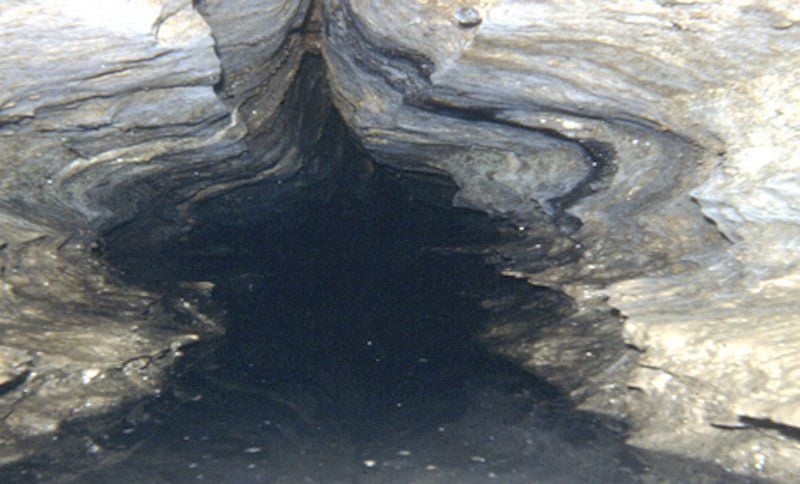

Human coprolites found at Lovelock Cave are instrumental in piecing together the cultures’ subsistence patterns, specifically the kinds of food the Indians were eating: primarily birds, fish and other fauna that lived near the lake, as well as vegetation which was collected and stored for winter months. The remains found were so scattered that a complete recovery was never possible. In excavations with Lewis Napton during 19 disturbed human remains were discovered. He later returned in 19 with a field group to sift through the remains that the miners left behind in a slope in front of the cave and collect coprolites. Robert Heizer came to Lovelock Cave in 1949 to collect organic material for radiocarbon dating. However, no archaeological material recovered was admitted to the museum's collection. The American Museum of Natural History sponsored Nels Nelson to conduct a surface collection of Lovelock Cave in 1936. This excavation resulted in the discovery of the famous duck decoy cache. The team also dug to the base of the deposits in the west end. They found leftover fragments that had been ignored by collectors in the east end and center of the cave. The Museum of the American Indian, Heye Foundation, New York commissioned Harrington and Loud, who, assisted by local Paiute Indians, attempted to recover any materials left from previous investigations. Twelve years after the first excavation Loud returned to Lovelock Cave with M.R. Heizer and Napton tried to further detail Loud's findings but because Loud was not consistent with his methods of recording data their efforts were ineffective.

Grid systems are used to determine origin and depth of archaeological record. He labeled the individual dig locations as “lots” without establishing any grid system. The method and procedure of archaeological excavations has improved over the years and Loud's excavation does not fit into the standards of today's practices. Unfortunately, Loud did not maintain a comprehensive report of the excavation so detailed information is not available. The majority of the archaeological record was gathered from three areas: a dump outside the cave left by miners, lower level deposits from the northwest end of the cave, and undisturbed refuse along the outlying edges of the cave. Loud excavated Lovelock Cave for five months and reportedly collected roughly 10,000 material remains. Loud, an employee of the Museum of Anthropology, University of California to recover any materials that remained from the guano mining of the previous year. Loud of the Anthropology Department at the University of California was contacted by the mining company when the refuse left by the ancient people proved so plentiful that fertilizer could no longer be collected. Unfortunately, the first exploration was unsystematic and the loss of material and damage to the site strata was considerable in large portions of the cave. The miners were aware of the artifacts but only the most interesting specimens were saved. Heizer and Napton's review of the excavation states “ was dug up from the upper cave deposits, screened on the hillside outside the cave, and shipped to a fertilizer company in San Francisco.” Miners had dumped the top layers of Lovelock into a heap outside of the cave. They removed a layer of guano estimated to be three to six feet deep and weighing about 250 tons. In 1911 two miners, David Pugh and James Hart, were hired to mine for bat guano from the cave to be used as fertilizer. A wealth of knowledge pertaining to life on the Great Basin has come from this important site because many unique artifacts have been successfully recovered. However more recent investigations were more careful and meticulous. The initial discoveries of artifacts and excavations, in the early 20th century, were not very well executed, which resulted in a loss of archaeological information. People occupied Lovelock Cave for over 4,000 years. Lovelock Cave was in use as early as 2580 BC but was not intensively inhabited until around 1000 BC.


The dry environment of the cave resulted in a wealth of well-preserved artifacts that provide a glimpse on how people lived in the area. Due to drier Holocene climate the water elevation dropped and much smaller lakes remain such as Lake Humboldt, Pyramid Lake, and Carson Lake. Lake Lahontan was a large Pleistocene pluvial lake that covered much of western Nevada. Eventually an earthquake collapsed the overhang of the mouth. It was formed by the lake's currents and wave action. Lovelock Cave is in the Lake Lahontan region, next to the former lakebed of Lake Lahontan. The large rock shelter is north of modern-day Humboldt Sink.


 0 kommentar(er)
0 kommentar(er)
